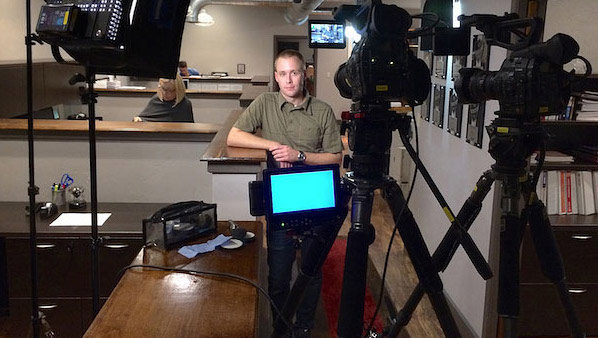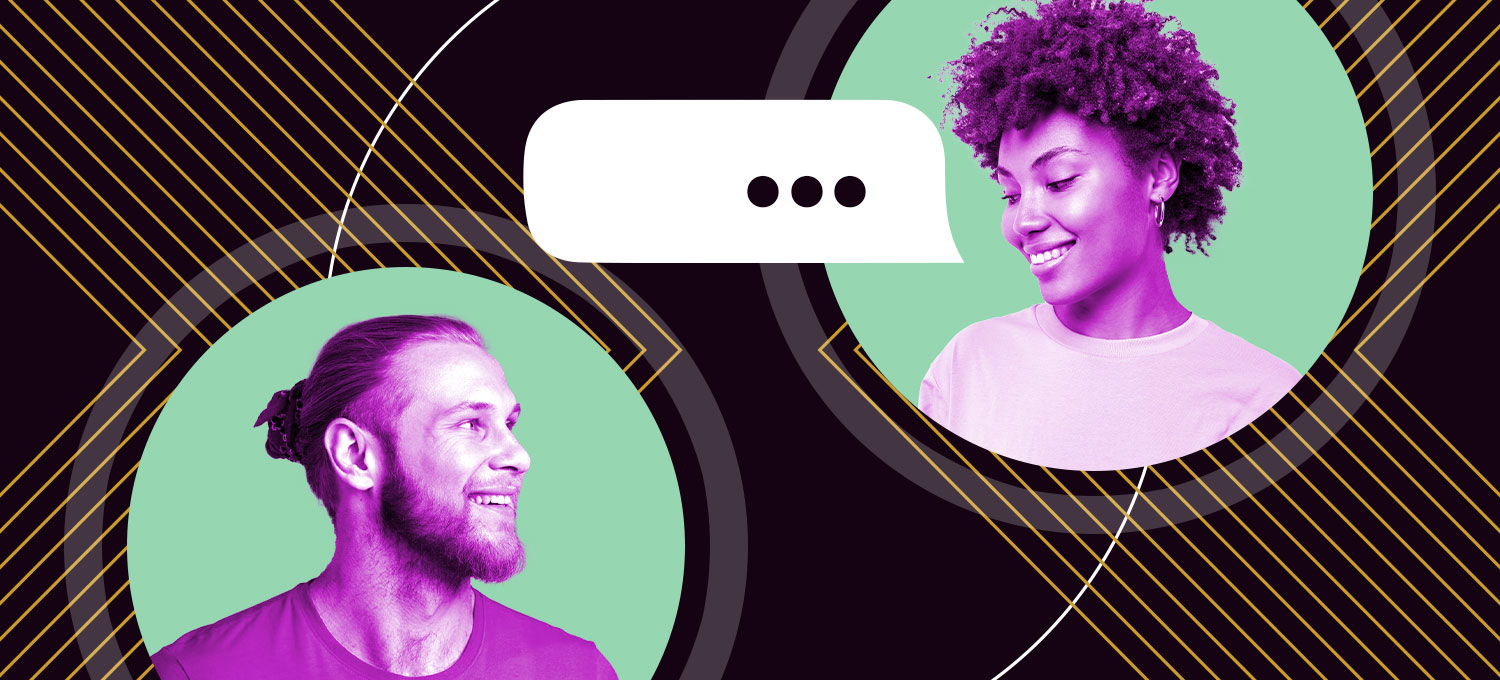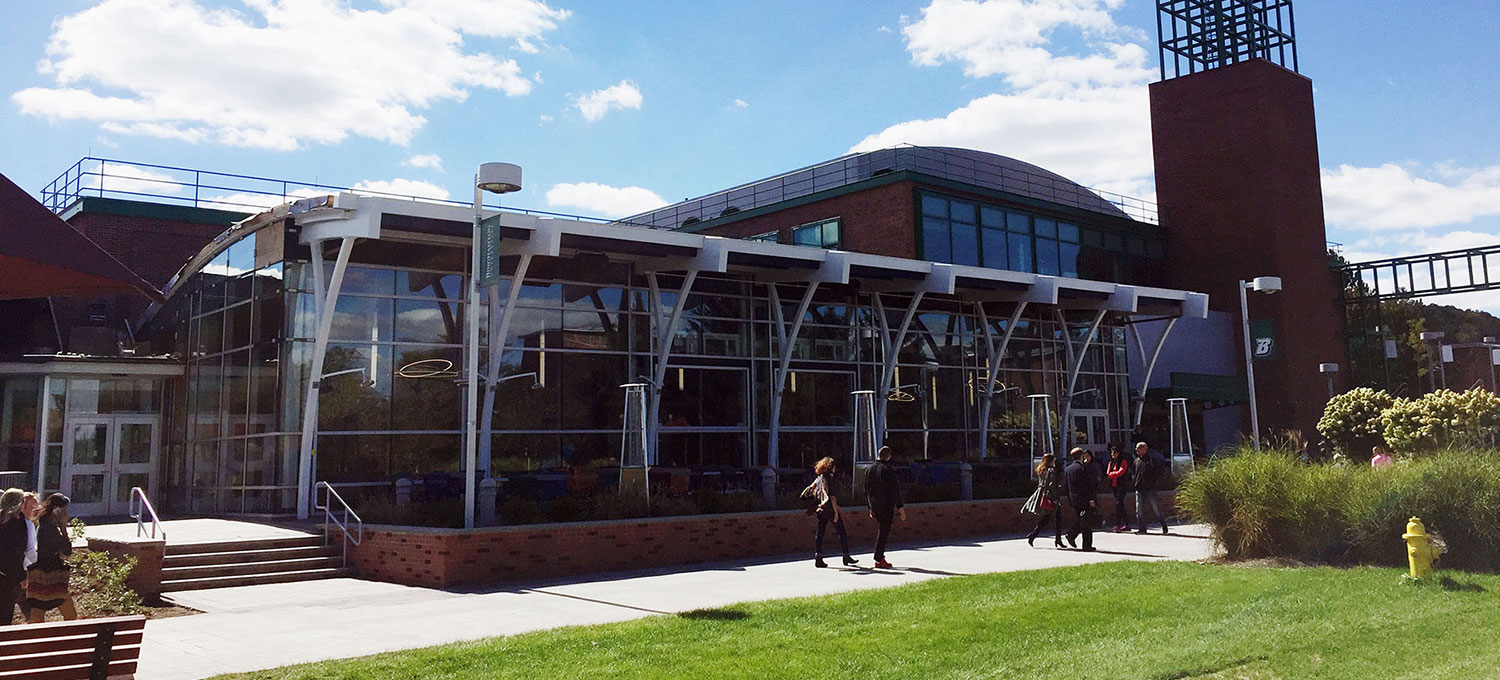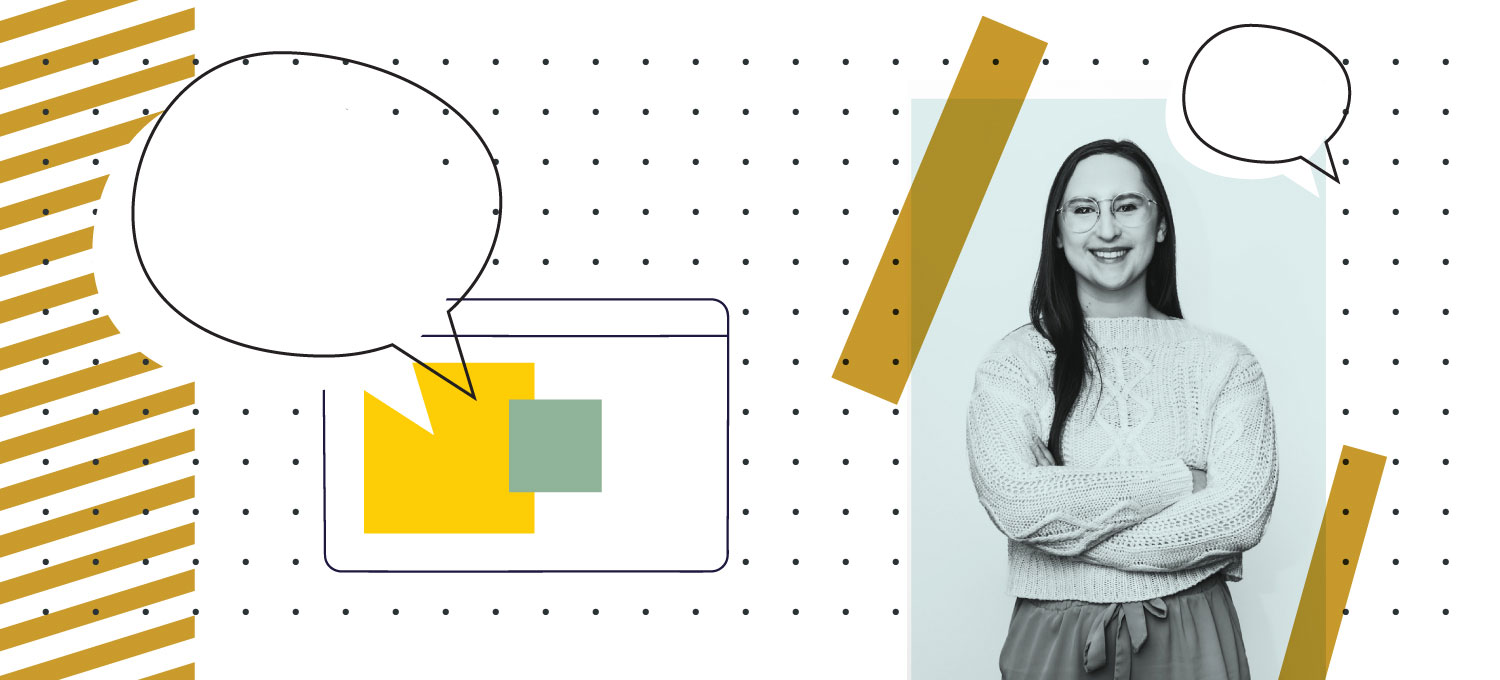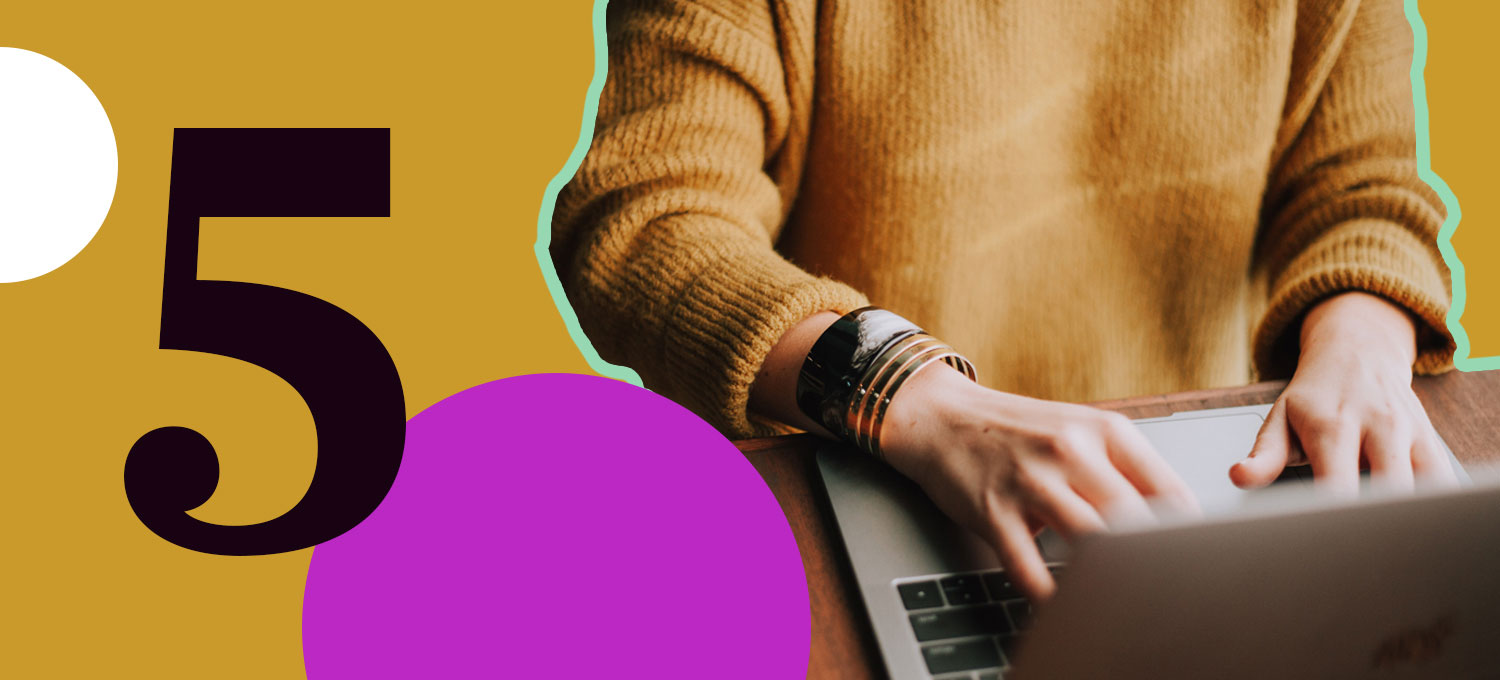Shooting a good video begins weeks before you actually step into the client’s space. Before any filming, interviews are shot and editing is done. A story must be created, and a few key questions and areas must be addressed.
The first step in creating a gripping video is to write down everything that comes to mind when you think of your client or subject matter. You have to outline your goals. Who is going to be viewing the video? What message are you trying to portray? What is the “problem” that needs to be addressed? What message should the audience take away from the video?
Next, this is where you begin to craft your story. What is going to engage the audience the most and keep them interested in the few minutes the video lasts? Usually starting the video with an emotional reference can make people relate to what is happening automatically, making them feel attached right away. It’s extremely important not to over complicate the message you are trying to get across. Stick to the story and use the best visual images you can to get the message across. One of my favorite videographers/storytellers is Casey Neistat, a vlogger from YouTube with over five million subscribers. He continuously stresses it’s not the gear you shoot with that makes a video, it’s the story. You can shoot anything on a very expensive camera, but if there is nothing for people to relate to the gear has no purpose. If you shoot an entire movie on an iPhone, but it brings someone to tears or makes them laugh hysterically, you did your job.
One area I feel many people, including myself, can always improve upon is the interview process if the video includes one. I’ve had the opportunity to help teach at SUNY Broome, and one of the first things I spoke about was how to conduct a proper formal interview. There is much more that goes into it than most people would think. When you are first crafting the story, thinking of interview questions is important. It will help shape the video and steer the viewer in the right direction of the message. The most important piece of the interview process is to take your time. I never give my subject the list of questions beforehand. The reason being, people do not like being in front of a camera and will study the questions trying to come up with a perfect answer. When they read it back to the camera it will sound like a robot and canned rather than the in-the-moment genuine answer you are expecting.
Being assertive is also something that takes practice but is necessary when interviewing your subject. You have to know the answer you are looking for before the subject answers the question. If they don’t give the answer you are looking for or need for your story, don’t be afraid to ask them to answer the question again, or to restate it. You will be happy in the end when you are editing and your story will naturally assemble itself.
Your inbox needs more Idea Kraft.

